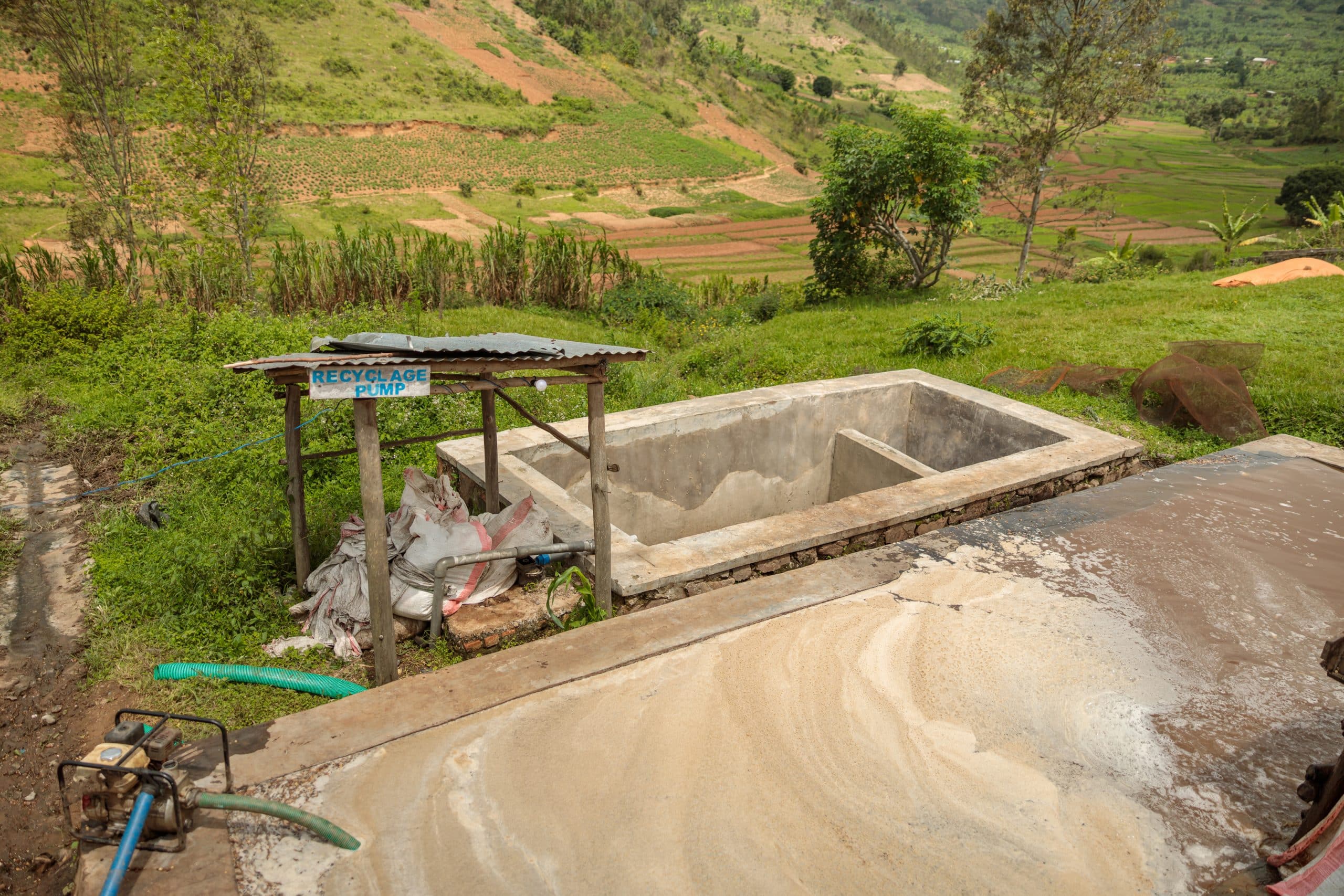How to Implement a Greywater Recycling System in a UK Urban Home?

In the modern era of sustainability, water management has become a critical concern. One of the most effective and innovative solutions gaining traction is the reuse of greywater. For those of you not familiar with the term, greywater refers to the wastewater generated from everyday household activities, excluding the water from toilets. It includes water from showers, washing machines, dishwashers, and sinks. This article will delve into the concept of greywater recycling, its potential benefits, and a practical guide on installing a greywater recycling system in an urban home in the UK.
Understanding Greywater and its Potential for Reuse
Greywater makes up about 50-80% of a household’s wastewater, according to a study cross-ref’d in Google Scholar. Given its volume and relative cleanliness, greywater holds tremendous potential for reuse. However, it does require proper treatment before it can be safely reused.
A lire en complément : Elevate your urban gardening with bacsac's raised garden bed
Before implementing a greywater system, you must understand the characteristics of greywater. Untreated greywater can contain potentially harmful bacteria and chemicals. Therefore, it must be treated appropriately to ensure it’s safe for reuse.
The potential for reusing greywater is substantial. According to a figure provided by a scholar study, greywater can be used for toilet flushing, laundry, and irrigation. This not only conserves precious potable water resources but also reduces the load on municipal wastewater treatment systems.
A lire en complément : How Can Soil Health Monitoring Technologies Improve Sustainable Agriculture?
Greywater Treatment: Ensuring Safe and Efficient Use
The treatment of greywater is a critical component of any greywater recycling system. There are several treatment systems that you can consider for your urban home. These range from simple, low-cost solutions like sand filters and constructed wetlands, to more complex and efficient systems like membrane bioreactors and advanced oxidation processes.
Choosing the right treatment system depends on a few factors. The most important factor is the intended reuse application. For instance, if you plan to use greywater for irrigation, a simple filtration system may suffice. However, if you intend to use it for laundry or toilet flushing, you’ll need a more thorough treatment process that includes disinfection.
The second factor is the availability of space. Some treatment systems, like constructed wetlands, require a significant amount of outdoor space. This may not be feasible in an urban setting. In such cases, compact, indoor systems like membrane bioreactors may be more suitable.
Greywater Systems: Components and Installation
Once you’ve decided on the treatment system, the next step is to design and install the greywater system. A typical greywater system consists of a collection system, a treatment unit, and a distribution system. Additionally, you’ll need a bypass and a monitoring mechanism to ensure the system is functioning correctly.
The collection system includes pipes and pumps that transport greywater from the source (like your shower or washing machine) to the treatment unit. This is typically done using PVC pipes and a small pump.
The treatment unit is where the greywater is treated to a level suitable for its intended reuse. This could be a sand filter, a membrane bioreactor, or any other treatment technology that you’ve chosen.
The treated greywater is then distributed for reuse using a distribution system. This could be a simple gravity-fed system for irrigation or a more complex pressurized system for indoor use.
Installing a greywater system can be a complex process that involves plumbing, electrical work, and possibly some landscaping. Therefore, it’s advisable to hire a professional or a company that specializes in greywater systems.
The Role of Regulations and Permits
In the UK, the installation and use of greywater systems are governed by various regulations. These aim to ensure the safety and efficacy of the systems and to prevent any potential harm to public health or the environment. Therefore, before you install a greywater system, you must familiarize yourself with these regulations and obtain any necessary permits.
The regulatory requirements for greywater systems vary depending on the intended reuse application and the complexity of the system. For instance, if you plan to use treated greywater for indoor use, the regulatory requirements will likely be more stringent compared to outdoor irrigation use.
You should consult with your local authority or a professional to understand the specific requirements for your situation.
The Impact of Greywater Recycling on Urban Water Management
Implementing a greywater recycling system can have a profound impact on urban water management. By reusing greywater, you’re not only conserving water but also reducing the load on the municipal wastewater treatment system. This is particularly beneficial in urban areas where water resources are often scarce and wastewater treatment facilities are under pressure.
Moreover, greywater recycling can also contribute to more sustainable urban development. It promotes water efficiency, reduces reliance on potable water, and encourages a more circular approach to water use. This aligns with the broader goals of sustainable urban development and resilient cities.
Overall, implementing a greywater recycling system in your urban home is a practical and effective way to contribute to water conservation and sustainable water management. It’s a smart investment that can save you money, reduce your environmental footprint, and promote a more sustainable lifestyle.
Financial and Environmental Benefits of Greywater Recycling
There are numerous financial and environmental benefits associated with the implementation of greywater recycling systems. From a financial perspective, by reusing greywater, you can significantly reduce your water consumption, leading to lower utility bills. On a wider scale, the use of greywater recycling systems can also help reduce the demand for potable water supply and wastewater treatment services, leading to cost savings for municipalities and ultimately, taxpayers.
From an environmental standpoint, greywater reuse can help conserve vital water resources, particularly in areas where water scarcity is a significant concern. This can help urban homes become more resilient to climate change by ensuring a more sustainable water supply. Furthermore, by reducing the load on wastewater treatment facilities, you also minimize the release of pollutants to the environment.
Additionally, greywater recycling contributes to the concept of circular economy by reusing a resource that would otherwise be wasted. This approach is in line with the principles of sustainable living and can significantly reduce your environmental footprint.
Conclusion: Making the Move to Greywater Recycling
In conclusion, implementing a greywater recycling system in an urban UK home can offer multiple benefits. Not only does it enable you to reduce your water consumption and save on utility bills, but it also contributes to environmental preservation by conserving water resources and reducing the load on wastewater treatment systems.
However, the process of setting up a greywater system can be complex. It involves understanding the nature of greywater, deciding on the appropriate treatment system, designing and installing the system, and navigating the regulatory landscape. Therefore, it’s advisable to seek professional help to ensure the system is designed and installed correctly and complies with all relevant regulations.
Despite these challenges, the move towards greywater recycling is a worthwhile investment. It aligns with the global goals of sustainable urban development and water management, and it’s a practical and effective way to conserve water, reduce your environmental footprint, and contribute to a more sustainable future. With the guidance provided in this article, you’re now well-equipped to make the move towards greywater recycling in your urban home.
Remember, every drop of water saved counts. Start your journey towards sustainable water management with greywater recycling today.
